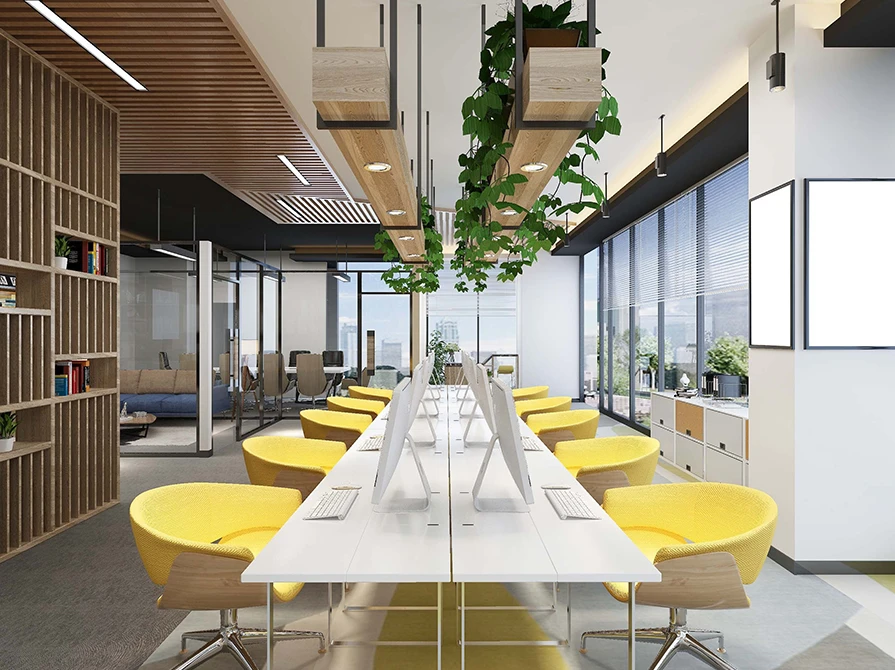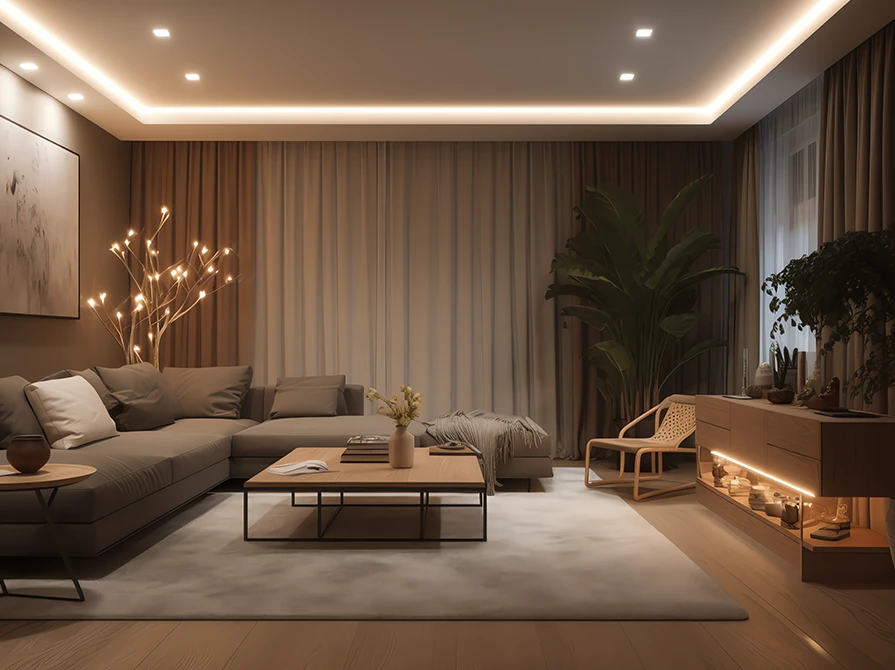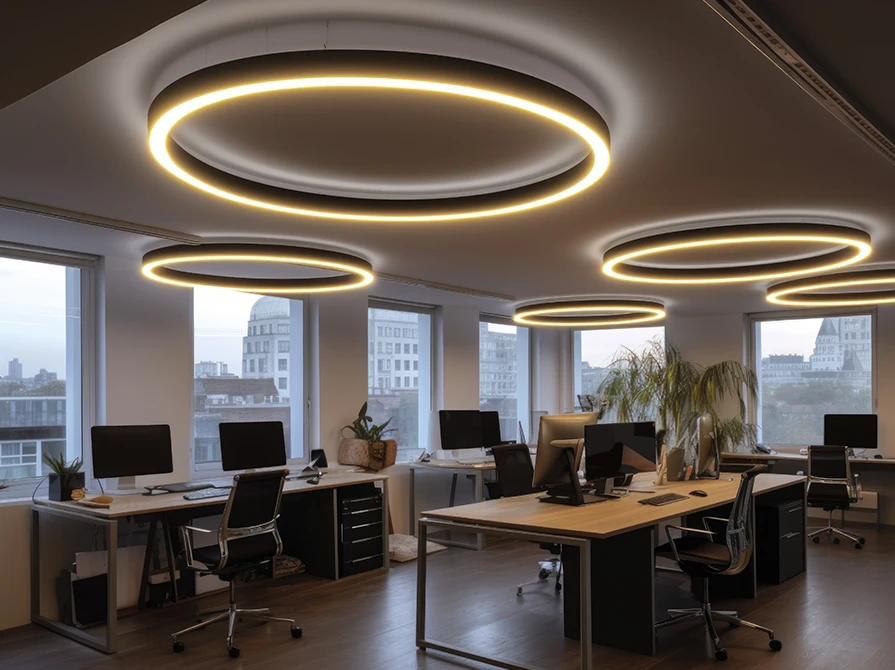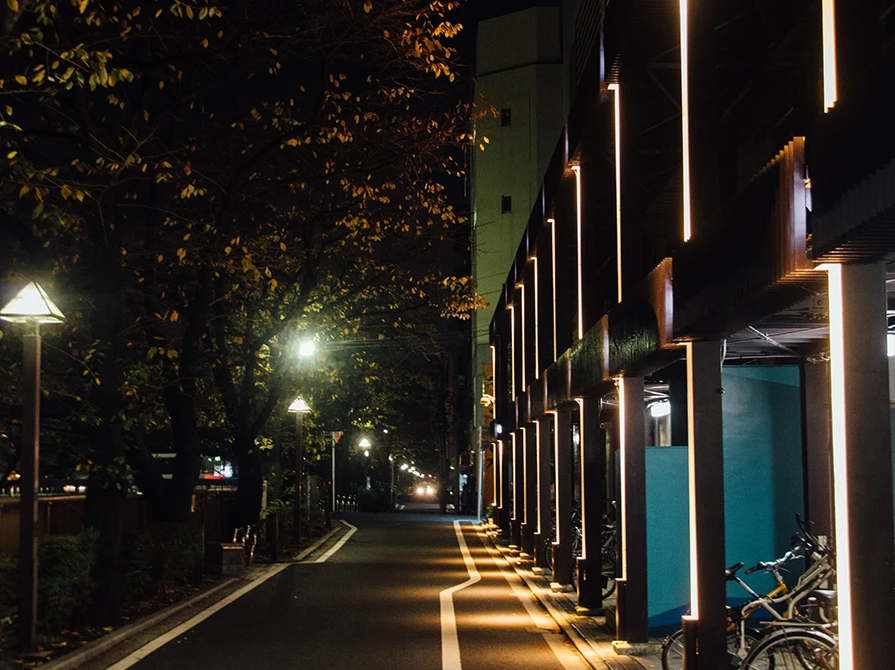

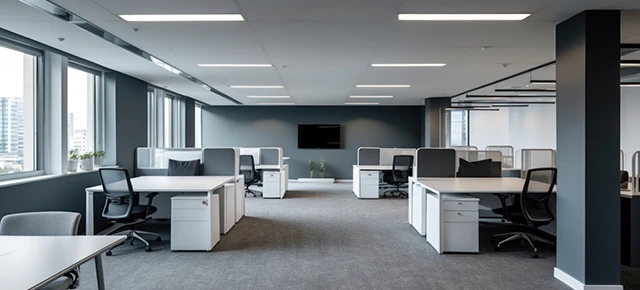
The ensuing and permanent transformation of how commercial space is being used has completely changed due to the COVID-19 and is one of the most unprecedented challenges and opportunities that business leaders have ever faced.
According to the poll conducted by Gartner, companies are planning to integrate remote work for their employees but a majority of them are putting up a roster so teams can still come together to collaborate. Business leaders in the construction industry are relentlessly working to meet the even-more-acute expectations of the occupants such as comfort, sustainability, productivity. One of the major ways to achieve this is upgrading to human-centric lighting (HCL).
HCL is a cost-effective way that will increase occupant productivity and satisfaction, comfort, at the same time reaping energy savings and sustainability benefits.
Human-centric lighting is an amalgamation and integration of software, sensor, and other IoT technologies. And, it aims to optimize the positive impact of lighting on human health. Different kinds of research have shown that when you alter the intensity of light, the distribution of light, and how the light is perceived throughout the day, has the potential to directly impact health. It also enhances productivity and learning efficiency.
As per the study done by the University College of London, an experimental workplace with circadian lighting played a significant role in increasing productivity by up to 20%, made employees 38% calmer, and 10% more productive compared to their colleagues in the control group.
A big bottleneck for mass production of HCL is lighting controls, which have been complex and expensive. Although, if you opt for power-line communication instead of 0-10v dimming (it requires separate communication cables) or wireless control system has the potential to eradicate much of the cost by avoiding costly system integration. When you go ahead with power-line communication, you do not have to worry about any cybersecurity issues. It is a feature that is particularly beneficial to mission-critical facilities such as health care, government offices, financial institutions, and higher education organizations.
In the end, human-centric lighting works in perfect harmony with the earth’s natural lighting cycle and imitates sunlight in indoor spaces with artificial lighting. It will put the employees in the centre and ensures optimized work conditions throughout the day and night. Moreover, HCL can bring visible and psychological impacts on employees.
